Herb/Utensil Hangers

One of the latest crazes in decor is the industrial look which I'm totally for (however, Rob...not to much) and of course most everyone loves anything green and pretty--even if it's the cilantro you're cooking with tonight! These hangers couple both of those loves in one fairly easy project, and I'm sure you'll love the result.
We want to help you DIY, so some of the materials in this post are linked to sellers. Just so you know, Hometalk may collect a small share of sales from the links on this page.
SUPPLIES:
-two ½”x18” black pipes
-four SLK ½” black 90-degree street elbows
-four SLK ½” black floor flanges
-Rustoleum Hammered Black spray paint
-tin cans
-SimpleLife4U Light Brown Wood Grain Contact Paper
NOT PICTURED:
-rag
-twine
-scissors
-sandpaper
-12v Dewalt drill and black screws (or just spray paint silver screws with the same Hammered Black spray)
***NOTE: The first 3 steps of this project are optional. I saw something online similar to this herb/utensil hanger but it was done with curtain rods which definitely is an easy project but I felt would possibly look chimpsy and may not hold well, so I decided to make my own "rods" with black piping for a bit of an industrial look.
STEP 1: Strip/Clean pipes
If you know anything about black piping--which I don't know anything about except one thing--you know it's super dirty! So before I started working with the piping pieces for this project, I used a rag and Acetone to clean off the residue from the piping.
STEP 2: Spray paint all piping pieces
Next, I laid out all of the piping pieces (the elbows, flanges and piping), and spray painted them with the Hammered Black spray. You'll want to do thin coats so the paint doesn't run.
STEP 3: Assemble "rods"
After the spray painting was complete and dry, I took the caps off the ends of the piping pieces...
...then I screwed in the 90-degree street elbow pieces into the flanges...
...and finally the piping into the elbows. Then, I did the same for the opposite side.
This is how your "rods" should look. In order to mount these to the wall, you may find it easier to assemble them once the flanges are already screwed to the wall. It's a matter of personal preference so you decide. :)
STEP 4: Prep cans
Next, I made sure my cans were cleaned out thoroughly and I stripped off all of the paper (if applicable...I did use one coffee can that didn't have a paper label on it). *Note: for this project, you really will want a can opener that removes the lid at the seal, not the "old school" kind that creates sharp edges.
STEP 5: Measure and cut contact paper
After my cans were prepped, I wrapped contact paper around each one, just under the lip, to see how wide my pieces would need to be. Then, I cut the paper according to the size(s) I needed. After that, I peeled off the back piece and carefully applied the contact paper to the cans. The particular contact paper I purchased was very forgiving so I was able to pull it off and reapply it if I messed up on my alignment.
STEP 6: Prep cans for hanging
Once all of my cans had contact paper on them, I drilled two holes just under the lip of the cans, making sure that they were even with each other. I decided to drill my holes on the side where the seam of the contact paper was so that that side was not showing once the cans were hanging on the rods.
Then, I carefully sanded the inside of the can where the holes were drilled. You may want to use something other than sandpaper, such as a filer, but the sand paper and a little pressure from the side of my scissors was enough to lay any sharp metal pieces down.
Finally, I fed through two pieces of twine--one for each hole. I thought about using S-hooks, but I wasn't sure how they would be sturdy-wise once they were hanging on the rods so I stuck with something simple like twine.
STEP 7: Mount rods
The very last thing I did for this project was mount the rods on the wall. I first used my stud finder to find at least one stud for each end of the rod. You can also use anchors if you wish.
Then, I made my marks and secured the rods with screws. I had roughly 11" of space between my top and bottom rods but that is going to vary depending on what you plan to have in your bottom cans (i.e.: if you have short things, maybe you'll want a smaller space between the two rods, etc.).
I love how these herb/utensil hangers came out! I was afraid the contact paper might be cheap-looking but they really look cute on my light grey walls. I'm also very pleased with how painless the industrial-inspired rods were to create...now I want to make them as my towel racks!
DIY home decor using repurposed tin cans
Enjoyed the project?
Resources for this project:





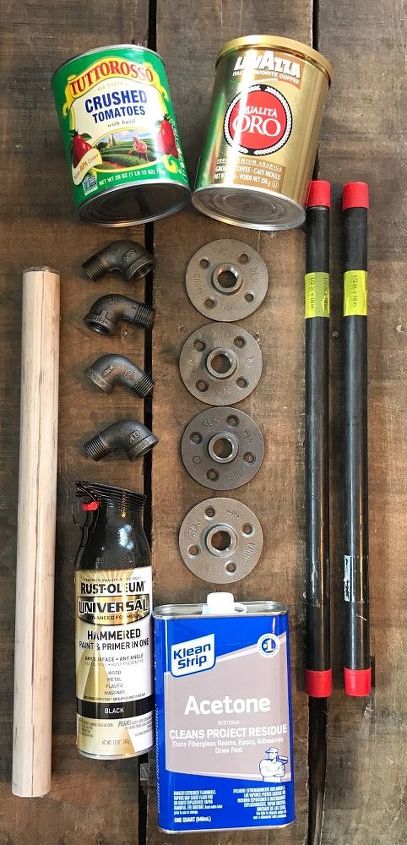























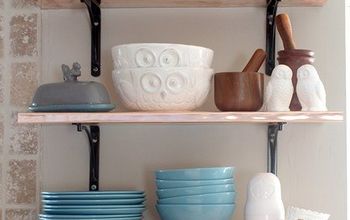
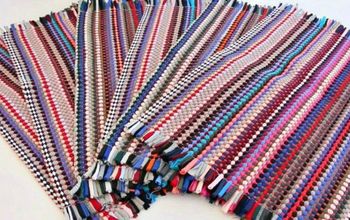



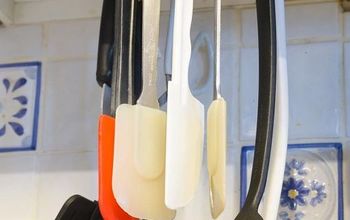
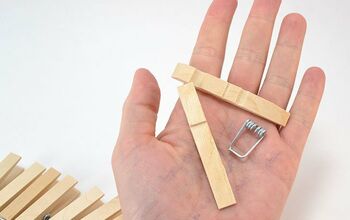
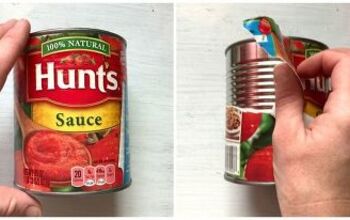
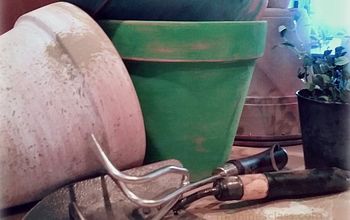
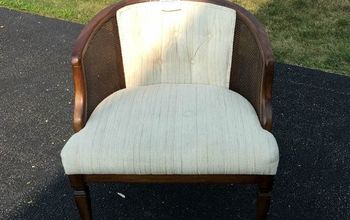
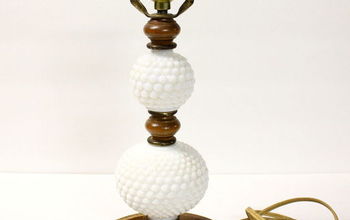
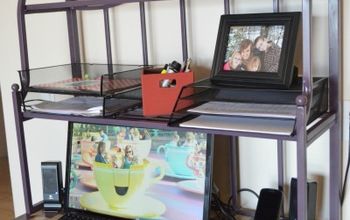
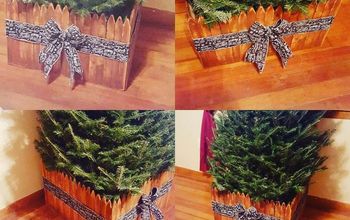

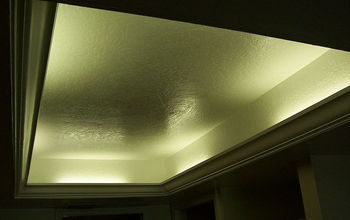
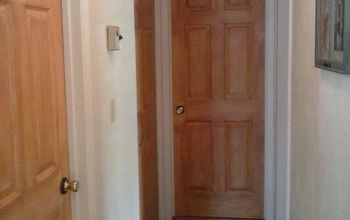
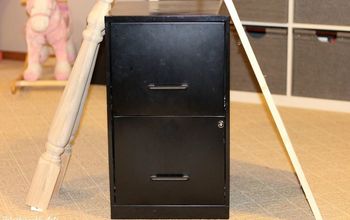
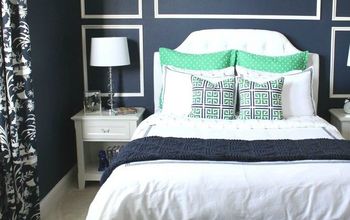
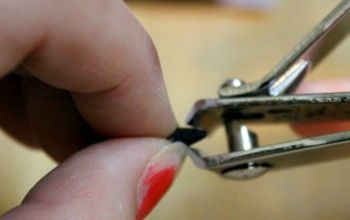
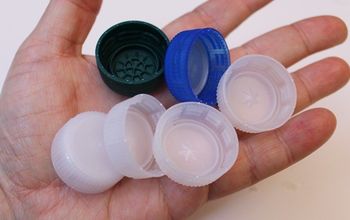
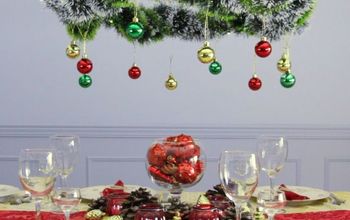
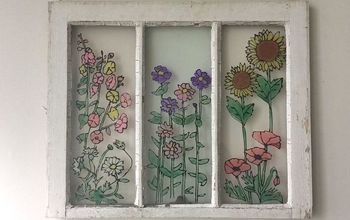
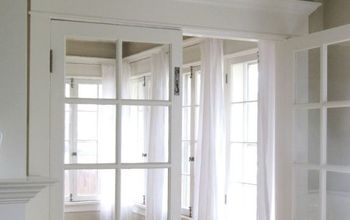
Frequently asked questions
Have a question about this project?
Dont you have to have drainage for herbs??
What about when you water them?
I’d really like to hang utensils with the cans but wanted to mount cans on a wood pallet type piece . Is there a way to drill a screw on bottom side of can so that the can will face outward